Owens Valley — Red Mountain, Crater Mountain
CAMP LIFE
At Goodale Creek BLM camp, life is the epitome of laid-back. We seldom had much in the way of neighbors, and the sites are widely spaced anyway. The Sierras greeted us every morning —
— and this little guy would join us for breakfast.
We could walk along the namesake desert creek whenever we liked. It’s a brushy little devil —
— Although we could hear its burbling from 50 yards away, we had to get right on top of it to see it. Running well, even in mid-November.
If we lost the tiny pathway, it was heavy brush-bucking to get anywhere.
Near the camp entrance is this “nature walk”. We were sort of expecting some guided-trail type of stuff, placards with plant names or area history or some such. Nope. Rocks, sand, brush. Pleasant enough, but zero information. There were several dead/down cottonwoods along one section, and since cottonwoods typically only grow very close to water, we wondered if the creek might have changed its course at some point.
Looking to the north from our camp site, Red Mountain was a curiosity for several days. We finally decided to go explore it.
RED MOUNTAIN
A big red cinder cone stuck up to the north of our camp. Of course we had to go see it. We decided to drive over to it and take a short hike wherever seemed appropriate. Simple. Drive north on Tinnemaha Road —
Then turn left (west) on this nice smooth access road —
— which didn’t stay smooth for very long at all.
Red Mountain was truly mountainous when we got up next to it, maybe five times bigger than it looked from camp. It’s actually about 1200 feet above the desert floor at its summit.
And NO, we didn’t climb it. Actually, Karin started up the west side and was astonished at the difficulty of walking across the crumbly red lava rock. Then, later, we found a trail up the eastern slope (more gradual). We started up the trail a ways, but it was obviously several hours’ work to get up and back, and since it was late afternoon, we had a wonderful excuse not to bust our butts on the climb. Phew.
And then there were the bees. We’ve been finding these colonies (bee farms, essentially) all over the Valley, and some of them are, like this one, placed far away from any agricultural efforts. Curious.
Now it must be noted, neither of us is afraid of, or allergic to, bees or bee stings. But when we got out to walk around, they were just EVERYWHERE, hitting and bumping into us constantly, and we decided not to push our luck. We piled back into Ralph, shooed the curious/lost bees out, and headed on down the road.
The map showed the road to end in just a half mile or so, but we wanted to see it anyway. Well, the road did end, but there was a continuing track that was just too tempting. We tried to see if we could circumnavigate the big red beast, but we soon got turned back by a 20-foot-deep ravine (see the gravel/boulder wall mid-picture below).
Gorgeous view out to the south; the far distant valley is Owens Lake.
Returning on the road we came in, we liked this view of a small valley with a spring in the middle. There is so much water running off the Sierras, it’s hard to cross a ridgeline and NOT see a new creek or spring. This is a very different kind of desert, and a delightful one.
CRATER MOUNTAIN
Another day, another exploration. Some casual map-shopping led us to mount a mini-expedition to the “Crater Mountain Loop” up near Big Pine. After gassing up there, we headed southwest out of town on local un-named dirt roads, using maps and GPS to try to find the Loop road.
Several false starts and re-tries led us past creeks, water gates, power towers, and cottonwoods.
And then, finally, the right road, only to run straight into Big Pine Creek — a ford, no bridge. It looked doable, at least with the water running at mid-November levels. I have no idea what this ford must be like in the Springtime. I suspect these roads aren’t used much during those months.
We approached it gingerly, checked that we were in 4WD, and rumbled across the slippery wet boulders. Mostly solid bottom, but a few deep spots (about 2′, not quite up to Ralph’s door jambs). Piece of cake.
After that, the road was astoundingly good — smooth, wide, well graded, almost zero washboard. Passenger cars would have no problem — but they’d have to come in via the Glacier Lodge Road intersection, not through town and our boulder-strewn creek crossing.
This road continued for many miles (but not forever, as it turned out). We were lulled into a happy state of what-me-worry, just absorbing the wonderful scenery and terrain.
Everywhere we go, we see the most amazing variety of desert flora. Any given patch of ground has dozens of different shrubs and trees and grasses; this may be the most diverse desert I’ve ever wandered. Even in this dry mid-November, we are surrounded by greens, yellows, oranges, and slates of these hardy plants. Amazing stuff. Those far slopes of the Inyos don’t have the same watershed as these Sierra foothills, and the vegetation over there, a few miles away, is much more dry and scant.
Lulled by the fabulous “tour” road, we occasionally took some side-spur trips — on considerably less benign tracks.
But well worth the trouble for more scenery, and even grander views.
Here, looking eastward, more vegetation, then the distant Tinnemaha Reservoir, and the far peaks of the Inyo Mountains.
Far into the back country, a secret grassy valley appeared. At one end, a 20-acre section was fenced off, and a dozen horses (and one mule) called it home. Plenty of grass, water and shade. An idyllic scene.
We stopped to “say hi”, and the animals were REALLY excited to see us. I’m guessing they get fed a bit from the passing sightseers. Not to de-condition them, we came up with a handful of apple slices.
Alas, our grand road couldn’t last forever, and it didn’t. Soon, it narrowed and withered and grew rocks.
But not without its blessings. We drove right past this small band of Mule deer. Not at all skittish, they posed nicely for some pix.
Then, things got a bit more interesting, crossing Fuller Creek — what was (I’m sure) supposed to be a ‘bridge’ was actually just a pile of rubble dumped on top of a drainage culvert. Stability looked good…. but the angles were a little challenging.
But we made it past the hurdles and obstacles, and worked our way outward and eastward, and we just about had it knocked, when — DANG! The road was gated, chained, and locked. Impassable even if we wanted to trespass, which is something we never do (intentionally).
BACK the way we came, back-tracking for a few miles to intercept what we thought was also a private road. But as it turned out, there was a bypass — a rocky one to be sure, but nonetheless a road out. After two pretty rough miles, we hit graded dirt again.
We drove past a defunct mining operation just before getting back on Tinnemaha Road. This was quite a setup in its day, but it has been all weathered and ransacked, and is now just a visual oddity. Funny how junk can look sort of picturesque against a desert backdrop.
DESERT TRAVEL
Something that is perhaps not completely obvious from these photos — aside from a Sherman tank or monster truck, there is simply no way to cross this class of desert without using a road or track. Some other deserts, it’s very possible to “brush buck” cross-country, but not here. So when we got stopped for a ravine or lack of road, it was really STOPPED.
[Also worth noting — the desert is truly a fragile system. Despite its rugged, “I can take anything” appearance, the desert wounds easily, and holds lasting scars for decades or even centuries. We try diligently not to mess it up.]
STILL CURIOUS?
Crater Mountain Loop (trails.com)
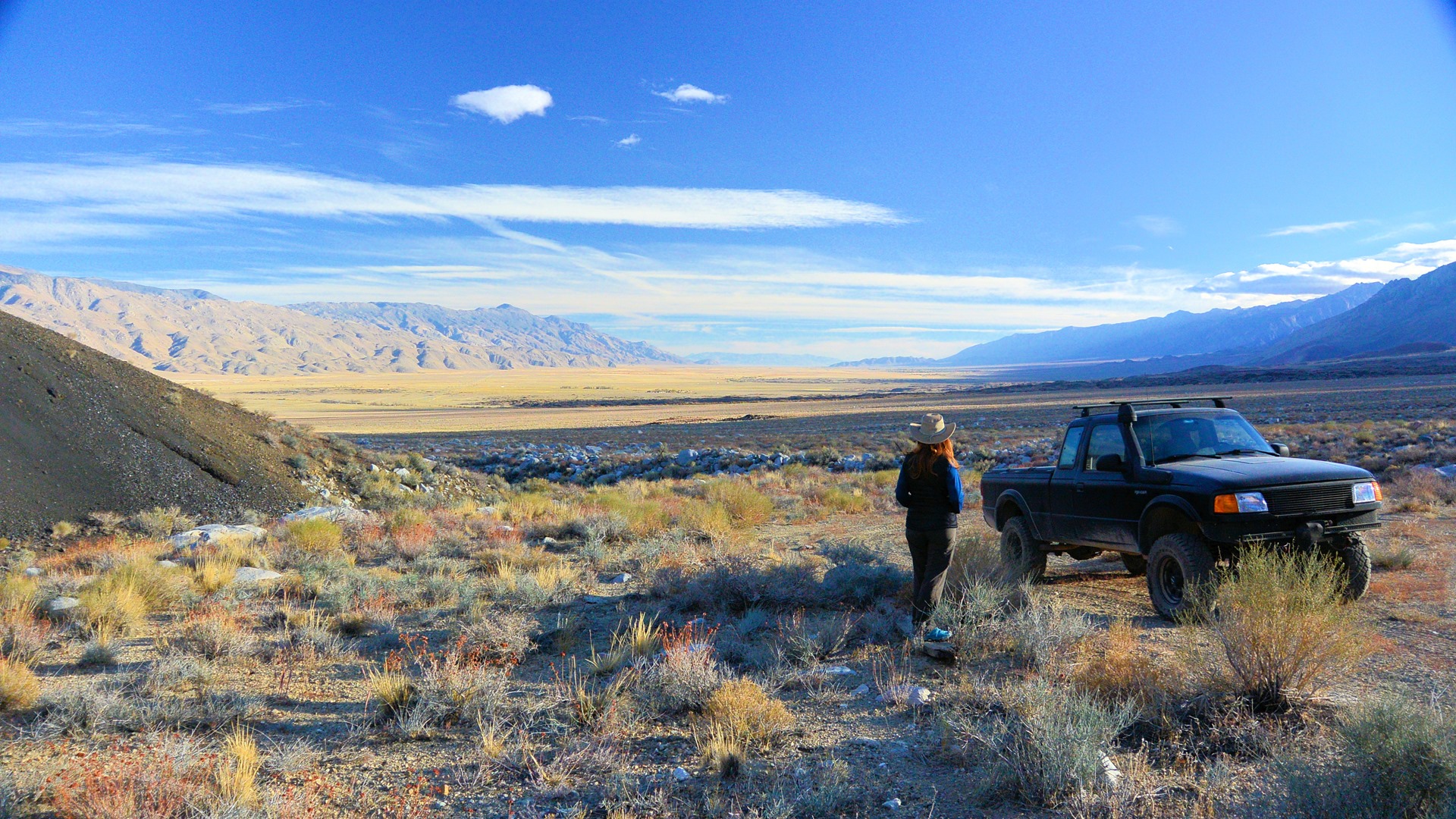
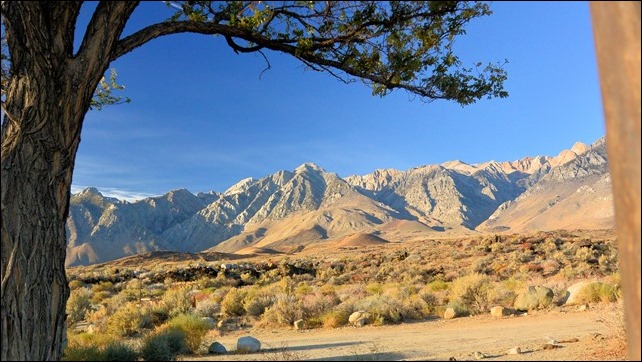
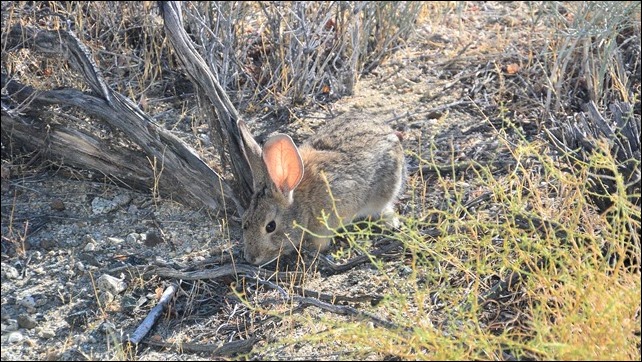
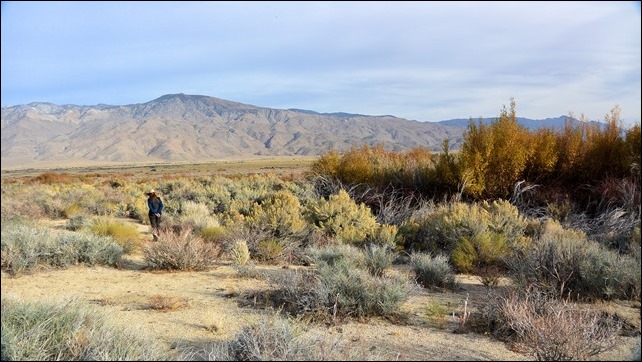
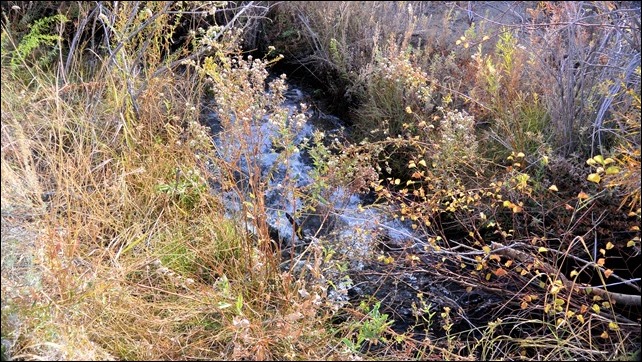
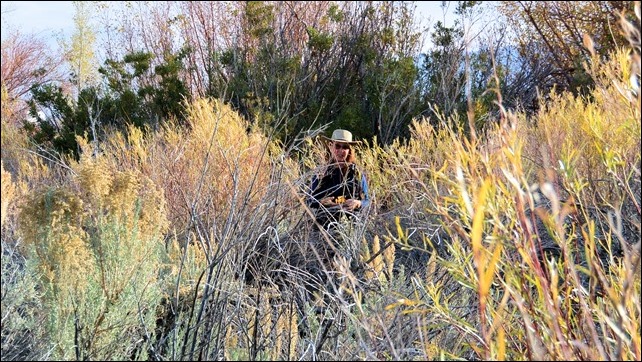
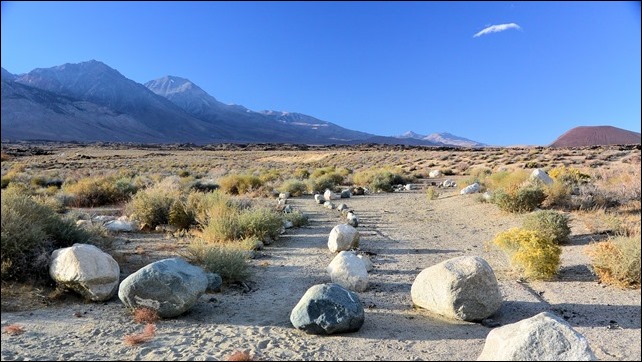
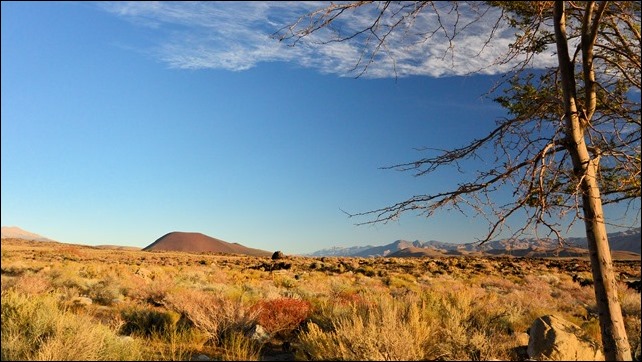
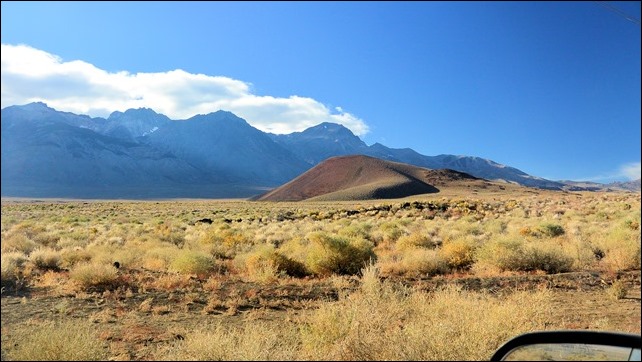
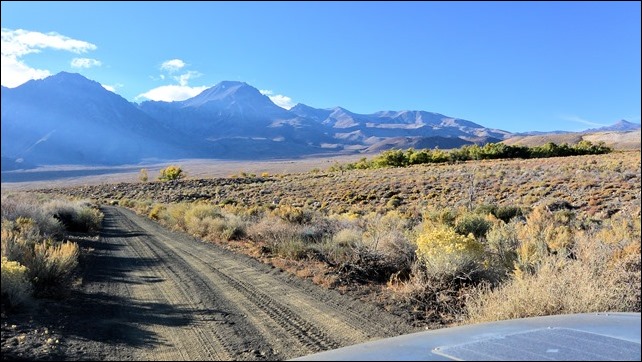
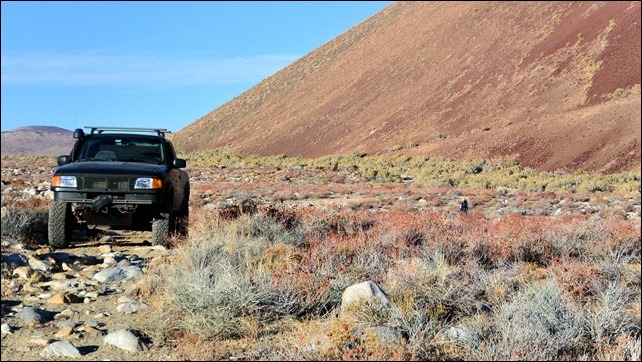
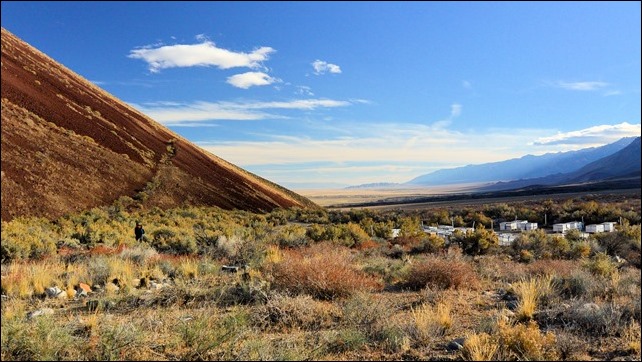
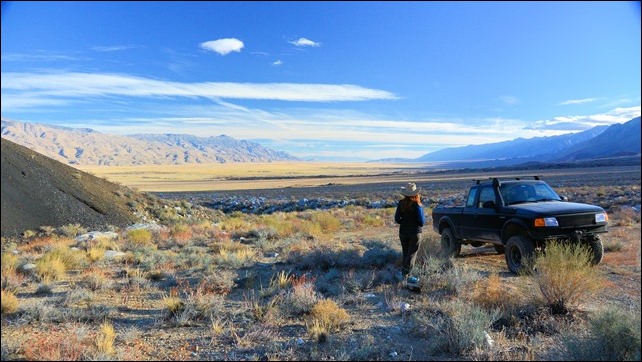
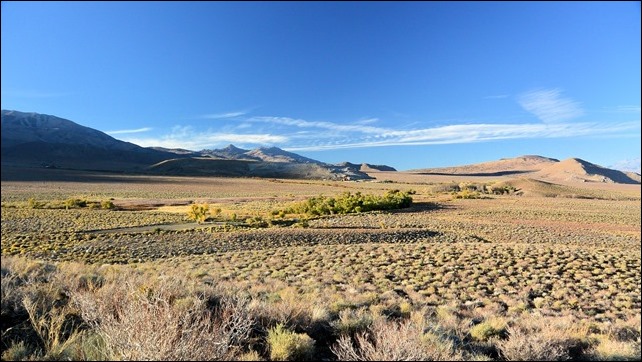
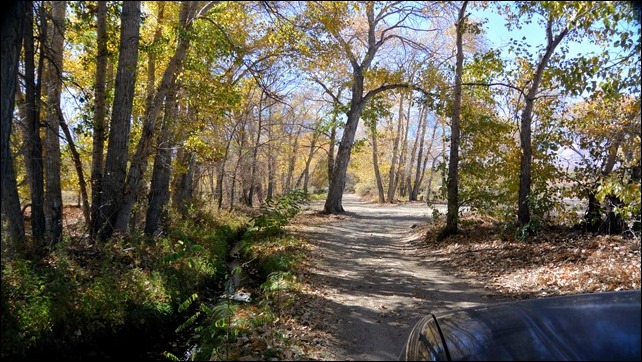
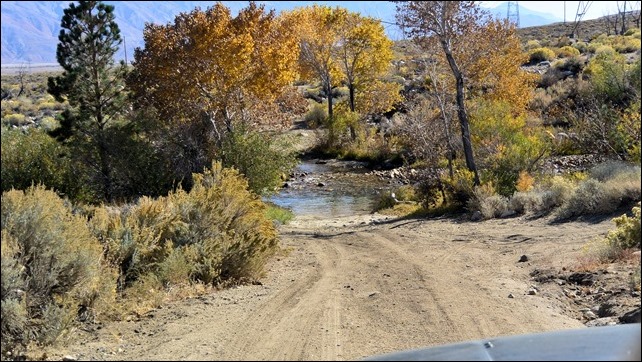
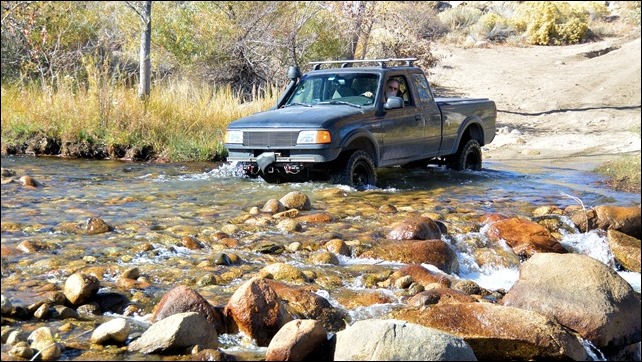
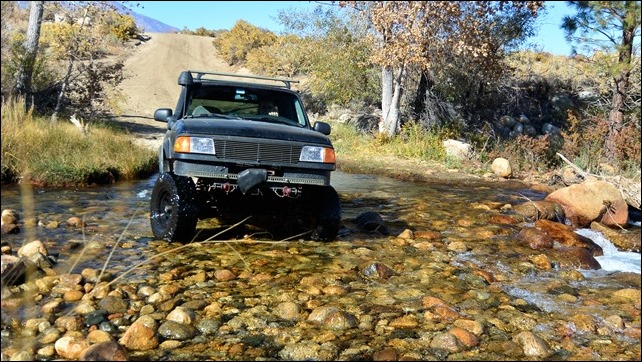
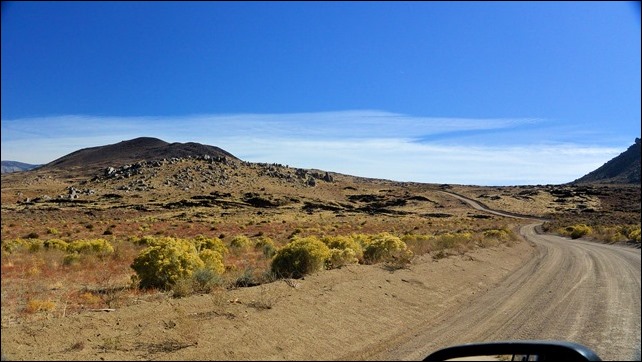
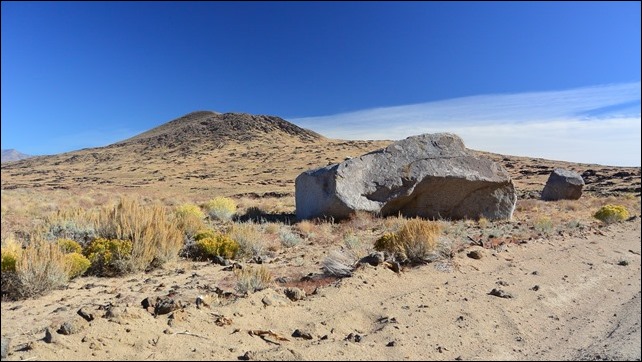
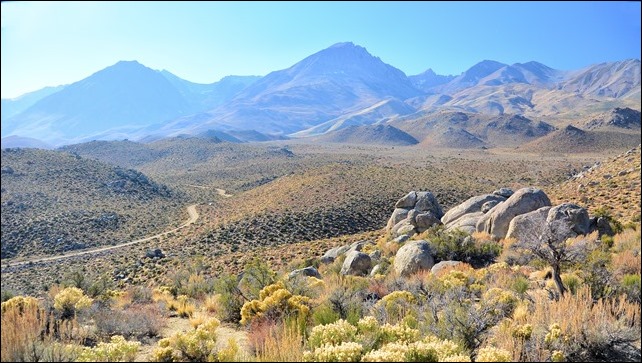
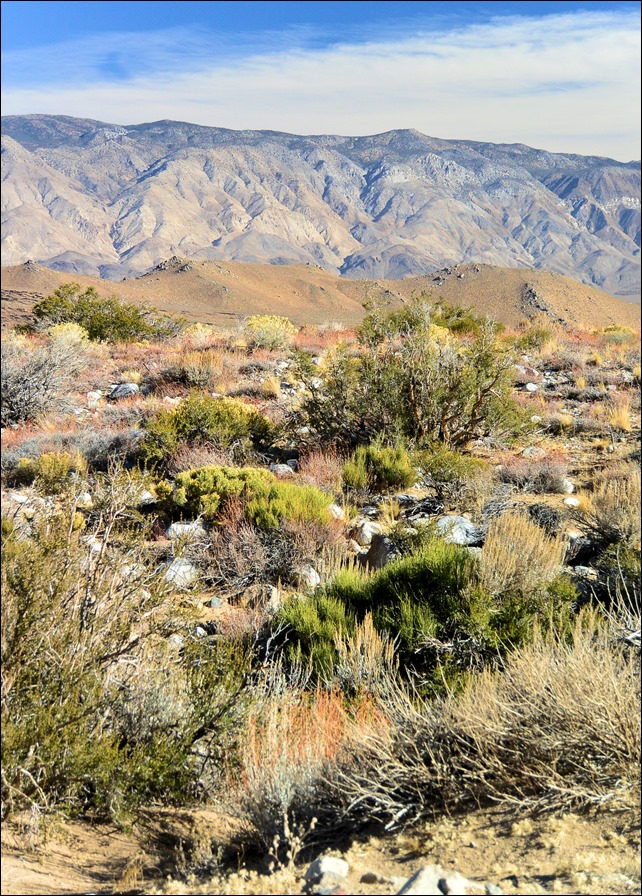
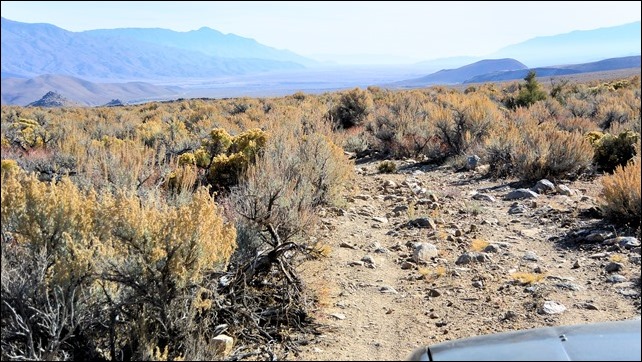
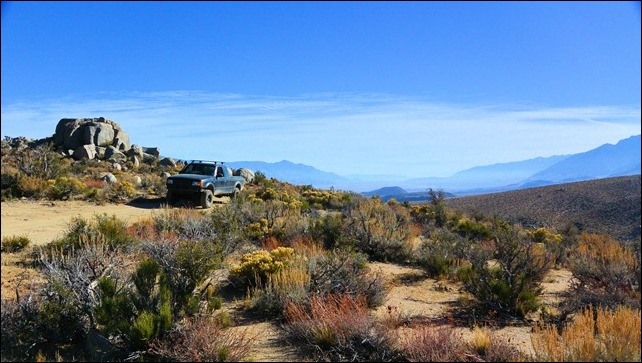
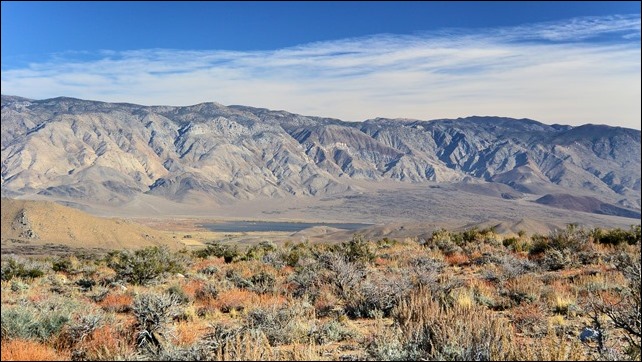
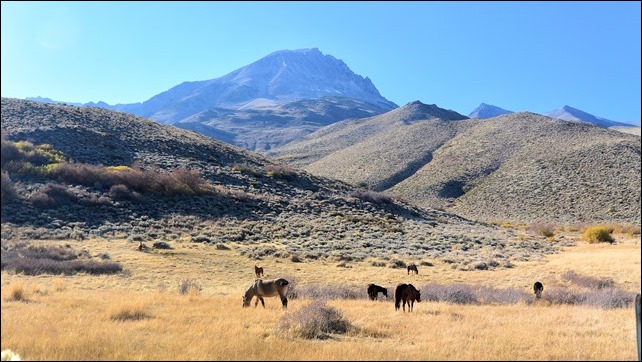
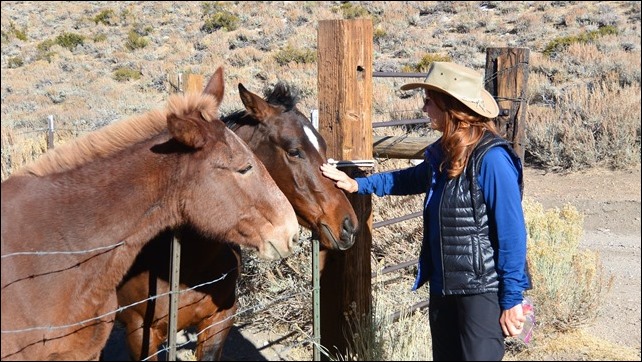
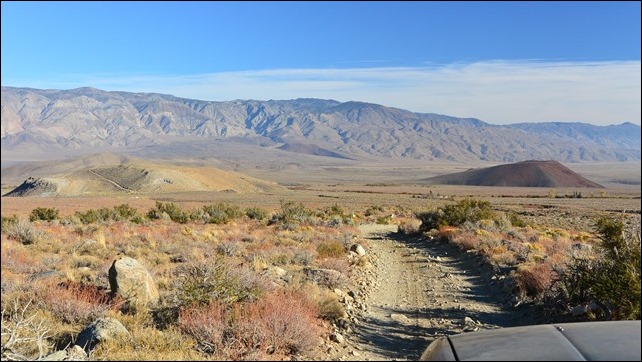
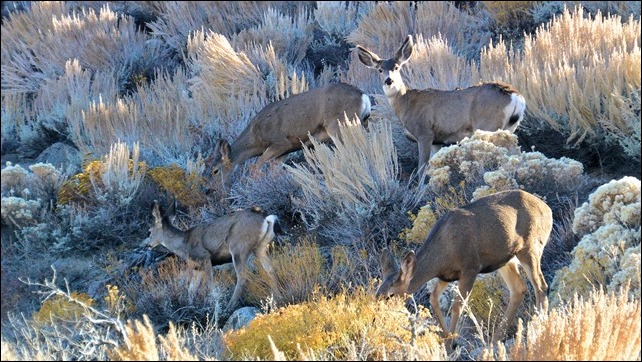
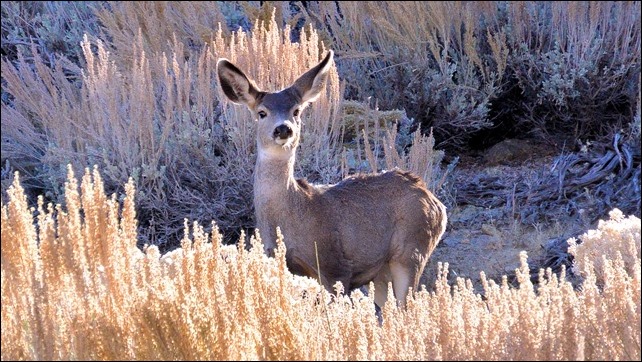
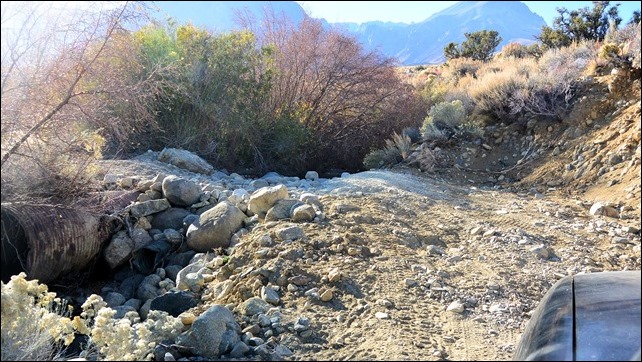
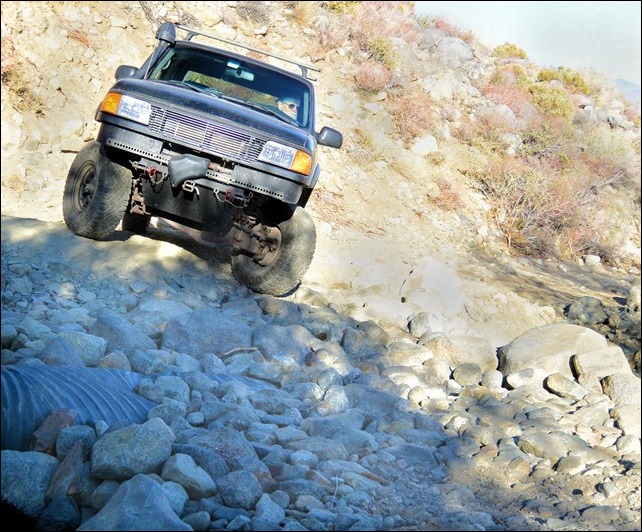
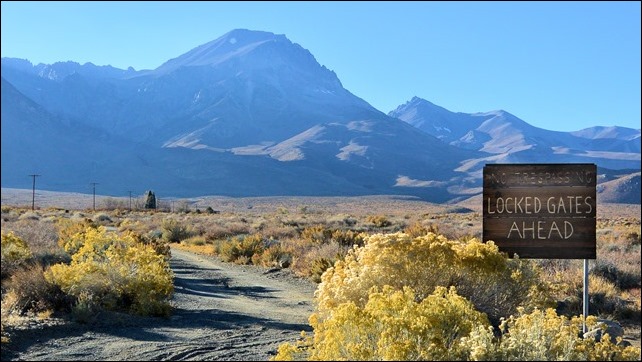
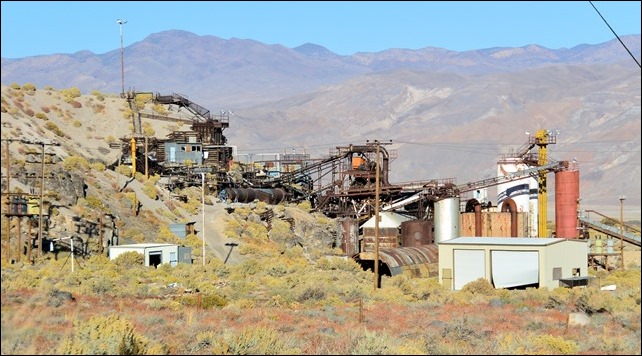
Thanks for the interesting read. I spent a lot of vacations in my growing up years camping along SR 395 with my parents. My Dad’s favorite place, though, was Rock Creek Lake up above Tom’s Place. I remember driving up there when it was a washboard/gravel road, camping, hiking, fishing and general enjoyment.
We also camped at the Goodale Campground once as my Dad tried fishing in the creek. Seems like there were maybe three campsites occupied while we were there, pretty empty. We also spent a lot of time around the area including Convict Lake, Mammoth area and Mammoth Hot Springs, June Lakes, Lake Sabrina and many other areas. I’ve even been up over Morgan and Mono Passes by trail. Beautiful area. Thanks for sharing!
Wish we were travelling with you both! You certainly find some amazing spots, and spend the time enjoying them. Good on you, and thanks for sharing. Elizabeth
Great article again Greg. Having been born and raised in San Diego, I spent most of my fifty-nine years traipsing all over the back country in particular Anza Borrego and Joshua Tree. Two years ago I retired and we moved here to Texas for economic reasons. Following you and reading your articles makes me yearn for the desert west. Perhaps once my wife retires we can hit the road westward in our travel trailer and experience it once again. Thanks for the great reading, keep’em coming.
Tim
Hey Greg & Karin,
Have you ever tried to take cuttings or seeds from some of the desert plants? I wonder whether they would take hold out here.
Barb
Barb, we have thought of that. But we’ve never done it for a variety of reasons including some concern about invasive species. If we got serious about it, I’d have to research it some more. We sure could use some drought tolerant plants at our place.
Hi Greg,
Nice read. Glad to see you two are out and about again. A thought came to mind when you mentioned the bees out in the middle of nowhere. I don’t know if you have read this, but the California bee industry has been plagued for the past year or two by both disease and rustling. The value bees have gone up considerably. Maybe that was a secret stash for some rustlers. You might want to place a call to the BLM or something. See you next week, Pete
There was a permit posted, so I guess it was legit.